Preston Putzel
Fair Generalized Linear Models with a Convex Penalty
Jun 18, 2022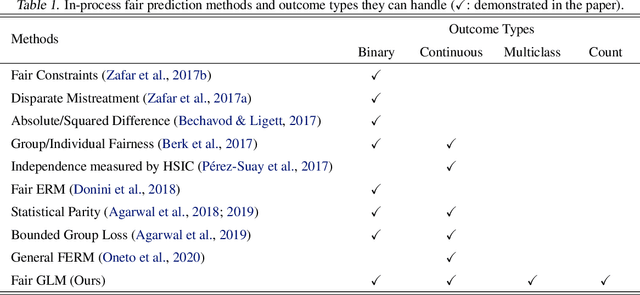
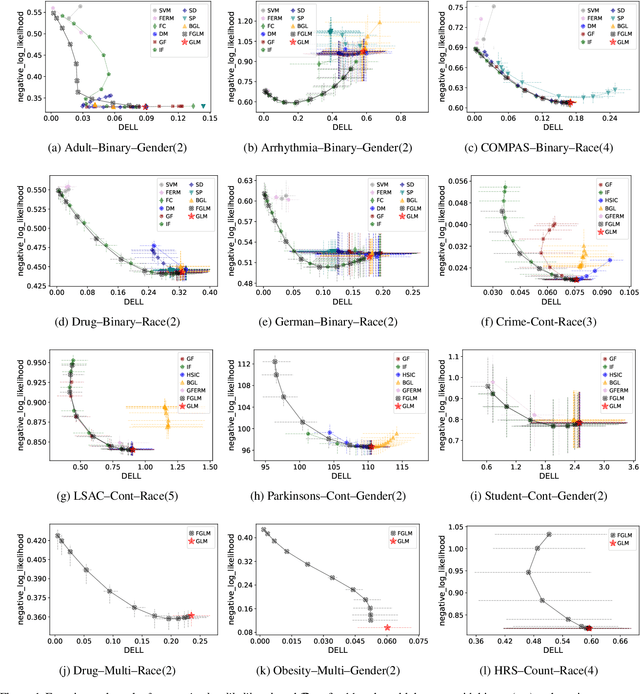
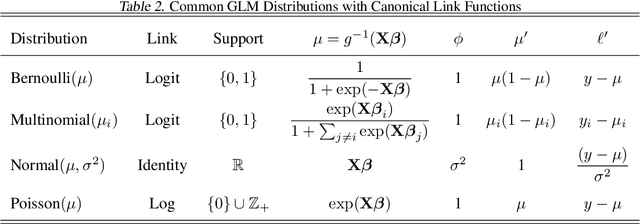

Abstract:Despite recent advances in algorithmic fairness, methodologies for achieving fairness with generalized linear models (GLMs) have yet to be explored in general, despite GLMs being widely used in practice. In this paper we introduce two fairness criteria for GLMs based on equalizing expected outcomes or log-likelihoods. We prove that for GLMs both criteria can be achieved via a convex penalty term based solely on the linear components of the GLM, thus permitting efficient optimization. We also derive theoretical properties for the resulting fair GLM estimator. To empirically demonstrate the efficacy of the proposed fair GLM, we compare it with other well-known fair prediction methods on an extensive set of benchmark datasets for binary classification and regression. In addition, we demonstrate that the fair GLM can generate fair predictions for a range of response variables, other than binary and continuous outcomes.
Blackbox Post-Processing for Multiclass Fairness
Jan 12, 2022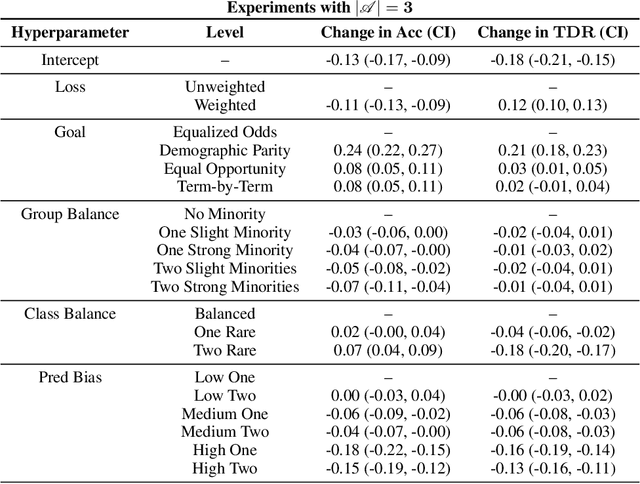
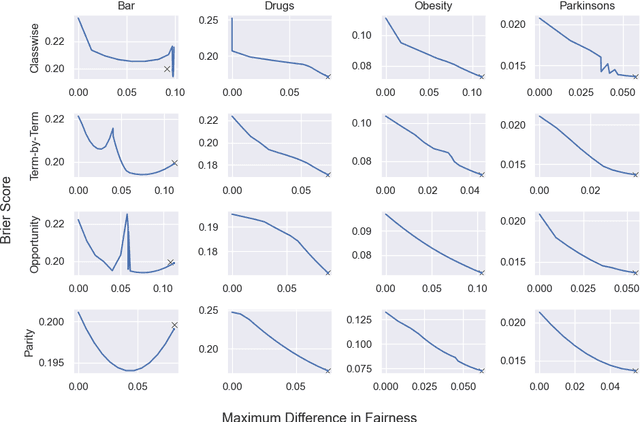
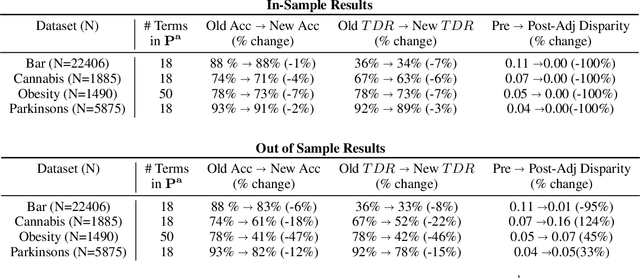
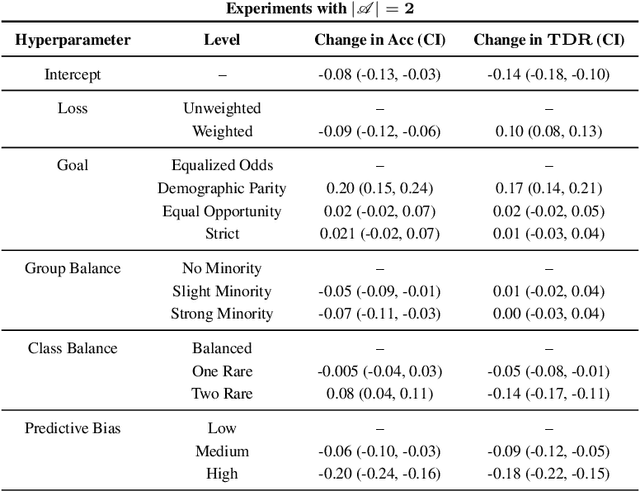
Abstract:Applying standard machine learning approaches for classification can produce unequal results across different demographic groups. When then used in real-world settings, these inequities can have negative societal impacts. This has motivated the development of various approaches to fair classification with machine learning models in recent years. In this paper, we consider the problem of modifying the predictions of a blackbox machine learning classifier in order to achieve fairness in a multiclass setting. To accomplish this, we extend the 'post-processing' approach in Hardt et al. 2016, which focuses on fairness for binary classification, to the setting of fair multiclass classification. We explore when our approach produces both fair and accurate predictions through systematic synthetic experiments and also evaluate discrimination-fairness tradeoffs on several publicly available real-world application datasets. We find that overall, our approach produces minor drops in accuracy and enforces fairness when the number of individuals in the dataset is high relative to the number of classes and protected groups.
 Add to Chrome
Add to Chrome Add to Firefox
Add to Firefox Add to Edge
Add to Edge